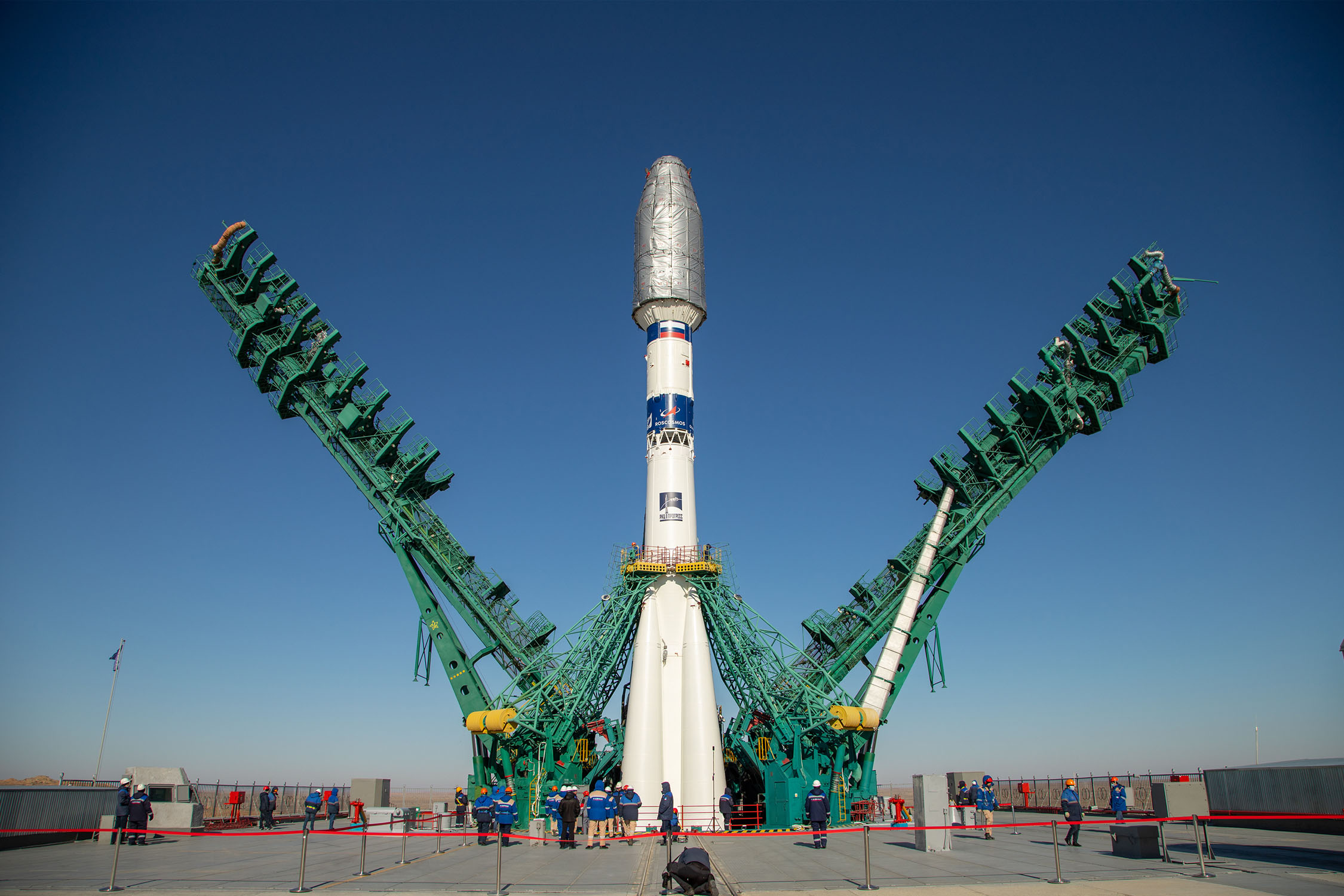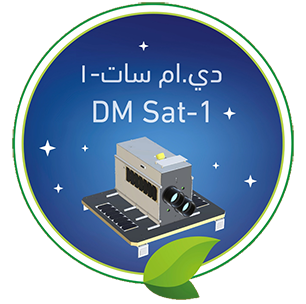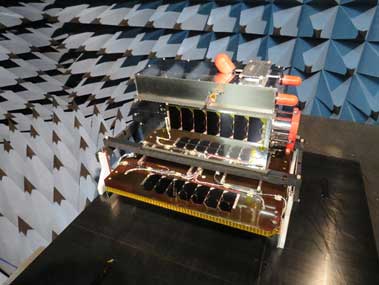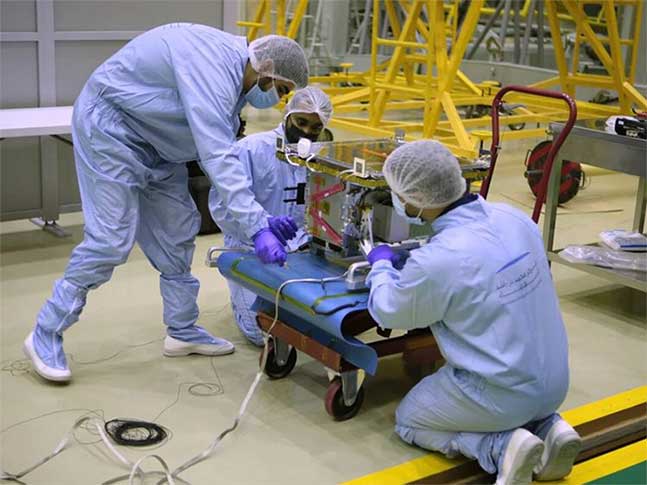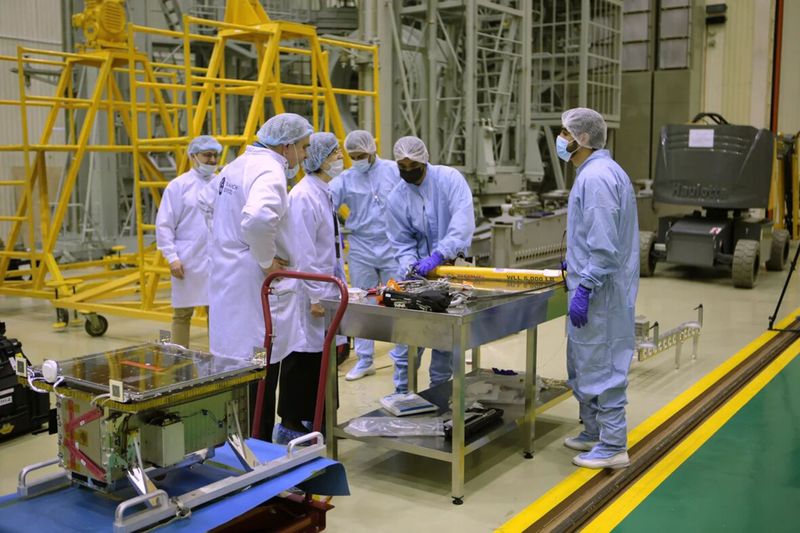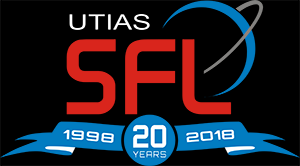
Launch of DMSat-1: Atmospheric Monitoring Microsatellite
On March 22, Dubai Municipality announced the successful launch and deployment of DMSat-1, an atmospheric monitoring microsatellite built by Space Flight Laboratory (SFL). DMSat-1 launched from the Baikonur Cosmodrome in Kazakhstan aboard a Soyuz rocket. The first signal from the DMSat-1 has been received at 4:42 pm (UAE time).
SFL developed DMSat-1 under contract to the Dubai-based Mohammed Bin Rashid Space Centre (MBRSC) in the United Arab Emirates (UAE). The DMSat-1 satellite is a 15-kilogram, 20x30x40cm microsatellite. It was built on SFL’s space-proven Next-generation Earth Monitoring and Observation (NEMO) platform, which incorporates high performance ground target tracking capability.
The launch is part of a high-technology project undertaken to develop solutions to environmental challenges and address climate change. The mission is designed to cover an area of up to 80,000 square kilometers each day.
DMSat-1 will monitor, collect and analyse environmental data as well as measure air pollutants and greenhouse gases. The environmental satellite will also help create maps of the concentration and distribution of greenhouse gases in Dubai and the UAE and study seasonal changes in the presence of these gases.
Data provided by the satellite will be used in several areas including finding solutions to environmental challenges, developing long-term plans to address urban pollution and climate change and environmental forecasting in Dubai.
“DMSat-1 will play a key role in monitoring atmospheric aerosols and greenhouse gases for Dubai and the UAE.” said SFL Director, Dr. Robert E. Zee.
SFL was selected to build DMSat-1 for its compact size and performance, including the mission-critical importance of attitude control and precise sensor pointing. SFL has developed high-performance ground target tracking capabilities that enable the small satellite to execute a slewing maneuver in orbit to accurately point its sensors at selected swaths of the atmosphere.
“Our ability to keep low-inertia, relatively inexpensive microsatellites like DMSat-1 pointed accurately and stably in orbit has made atmospheric monitoring missions possible at much lower costs,” said Zee.
DMSat-1 carries two instruments onboard. The primary payload is a multispectral polarimeter that monitors aerosols, which are typically fine particles of liquids and solids in the upper atmosphere often caused by anthropomorphic sources. Aerosols also correlate to natural phenomenon such as dust storms. The secondary payload is a pair of spectrometers that will enable MBRSC to detect greenhouse gases, such as carbon dioxide and methane over the United Arab Emirates. The key aerosol polarimeter operates in three (3) bands: Blue (480-500 mm), Red (660-680 nm) and NIR (860-880nm).
The launch of the satellite strengthens the UAE’s implementation of the Paris Climate Agreement, which requires the country to generate data on greenhouse gas emissions and build national capacities to study global warming. On a local level, the DMSat-1 seeks to calculate the rate of carbon dioxide emissions in relation to GDP as outlined in the Dubai 2021 Plan, study the environmental impact of the Dubai Clean Energy Strategy 2050 and the results of the UAE Energy Strategy 2050 as well as contribute to the ‘National System for Greenhouse Gas Emissions Management’ that is part of the National Climate Change Plan 2017-2050.
This is the Arab world’s first nanometric environmental satellite project. Overseen by the MBRSC, the project was implemented in collaboration with local and international research teams. Based on Dubai Municipality’s requirements, MBRSC built the satellite in collaboration with the Space Flight Laboratory (SFL) at the University of Toronto, which has a successful history of launching satellites similar to DMSat-1. MBRSC is also managing launch-related activities and developing advanced solutions to utilise the data generated by the mission. The Centre will continue to support the project by managing the provision of data generated by the project to Dubai Municipality.
Dubai Municipality becomes a new power in the space industry, which provides a lot of opportunities in the market. The US and Europe are not the only players. More and more Asian countries join the game to catch up with traditional aerospace, such as China, Japan, and UAE.
According to a new market research report published by MarketsandMarkets™, the global Nanosatellite and Microsatellite Market size is expected to grow from USD 1.8 billion in 2020 to USD 4.8 billion by 2025, at a Compound Annual Growth Rate (CAGR) of 21.3% during the forecast period. Earth observation and remote sensing account for the largest market size during the forecast period. The commercialization chance in Nanosatellite and Microsatellite is increasing.
The major Nanosatellite and Microsatellite Market vendors include GomSpace (Denmark), L3Harris (US), Planet Labs (US), Berlin Space Technologies (Germany), Spire Global (US), Satellogic (Argentina), and SpaceTy(China). With more and more satellites launching to space, SFL is developing into the next major vendor.
About Space Flight Laboratory (SFL) (www.utias-sfl.net)
SFL is a unique microspace provider that offers a complete suite of nano-, micro- and small satellites – including high-performance, low-cost CubeSats – that satisfy the needs of a broad range of mission types from 3 to 500 kilograms. Dating from 1998, SFL’s heritage of on-orbit successes includes 68 satellites and distinct missions related to Earth observation, atmospheric monitoring, ship tracking, communication, radio frequency (RF) geolocation, technology demonstration, space astronomy, solar physics, space plasma, and other scientific research.
SFL generates bigger returns from smaller, lower cost satellites. Small satellites built by SFL consistently push the performance envelope and disrupt the traditional cost paradigm. Satellites are built with advanced power systems, stringent attitude control and high-volume data capacity that are striking relative to the budget. SFL arranges launches globally and maintains a mission control center accessing ground stations worldwide. The pioneering and barrier-breaking work of SFL is a key enabler to tomorrow’s cost aggressive satellite constellations.
In its 23-year history, SFL has developed CubeSats, nanosatellites, and microsatellites that have achieved more than 140 cumulative years of operation in orbit. These microspace missions have included SFL’s trusted attitude control and, in some cases, formation-flying capabilities. Other core SFL-developed components include modular (scalable) power systems, onboard radios, flight computers, and control software.
Did you like the article? Read more and subscribe to our monthly newsletter!



